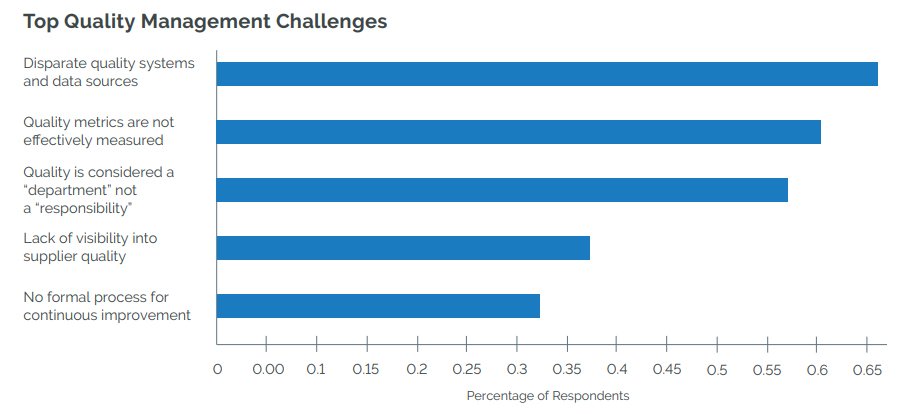With increased specialization, outsourcing, and regulatory compliance initiatives, a single unified solution to manage product and quality information provides key benefits:
Improved Compliance
Medical device design and equipment manufacturers (ODMs/OEMs) must factor compliance throughout the new product development and introduction process. Otherwise, impacted teams will lose sight of, or have a difficult time addressing, the myriad of changing regulatory requirements.
Better Collaboration
Manufacturing, engineering, quality control, and compliance teams can more easily collaborate anytime and anywhere to reduce issues, control costs, and shorten the NPI process to gain first-mover1 advantages in the market.
Continuous Improvement
With a single unified system, internal teams and external partners can offer critical feedback at every stage, ensuring product issues are resolved as early as possible.
Underscoring the importance of compliance, LNS Research published the results of their quality management survey. In this survey, medical device company executives ranked the ability to “better manage operational risk” and “ensuring compliance” as their top two quality management objectives. The majority of executives also noted that having disparate quality systems and data sources was a key challenge to reach their quality management objectives (see chart below).2













